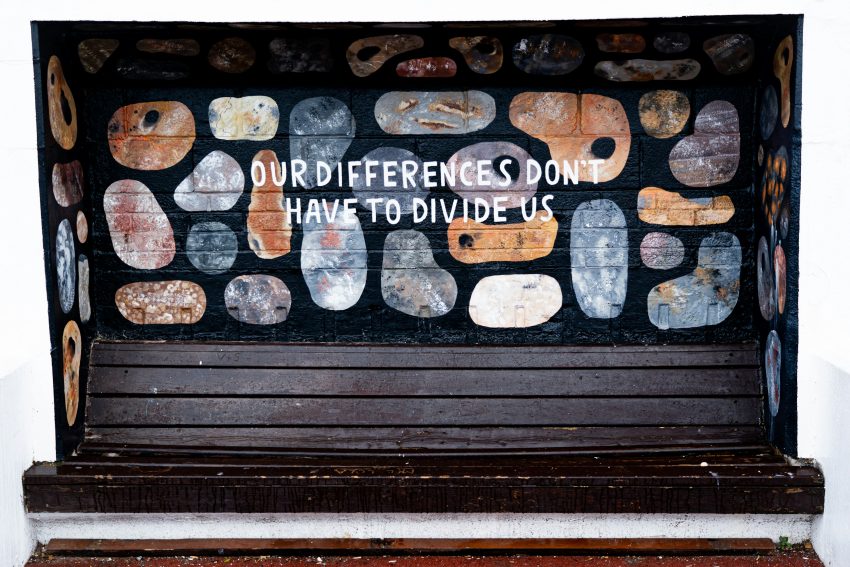In today’s dynamic living environments, the importance of diversity among resident directors cannot be overstated. A diverse board is not merely a checkbox on a list of organizational goals; it’s a strategic asset that fosters inclusion, innovation, and equitable representation for all stakeholders, including owner-occupiers, landlords, and tenants.
The Need for Diversity and Inclusion
Diversity in leadership teams leads to a broader range of perspectives and experiences, enriching discussions and decision-making processes. Resident directors are no different. When resident directors come from varied backgrounds—culturally, generationally, and as owners, landlords, or tenants—they bring unique insights into the needs and concerns of different community members. This inclusivity ensures that decisions made at the board level reflect the community’s multifaceted nature, paving the way for solutions that benefit everyone.
Representation Matters
Resident directors play a critical role in advocating for the interests of all residents. Owner-occupiers, landlords, and tenants often have different priorities and concerns, making it essential for the board to comprise individuals who understand and can articulate these diverse viewpoints. For instance, owner-occupiers may prioritize long-term property values, while landlords might focus on rental income and tenant satisfaction. Tenants, on the other hand, often seek affordable living conditions and responsive management.
By ensuring that the board includes representatives from each of these groups, the community can foster dialogue and collaboration. This representation not only builds trust among residents but also empowers them to feel that their voices are heard and valued in decision-making processes. This in turn should result in greater participation across the spectrum at Annual General Meetings.
Enhancing Community Cohesion
Diversity among resident directors also plays a pivotal role in promoting community cohesion. When residents see themselves reflected in their leadership, it strengthens their sense of belonging. This inclusive atmosphere encourages participation in Annual General Meetings, community activities and initiatives; creating a more vibrant and engaged neighbourhood.
Moreover, diverse boards are better equipped to identify and address potential issues within the community. They are more likely to recognize disparities in service provision, advocate for inclusive policies, and develop programs that cater to the diverse needs of all residents.
Driving Innovation
Diversity fosters innovation. When directors with varying experiences collaborate, they can generate creative solutions that may not have been considered in a homogeneous group. This innovative approach is particularly vital in addressing the evolving challenges of modern living—whether it’s sustainability, safety, or technological advancements in property management.
Current Resident Directors at Garden Mews
Embracing diversity isn’t just good practice—it’s essential for building thriving communities where everyone can feel at home. Yet, despite the clear benefits of diverse representation on the Board of Directors at Garden Mews, the current composition remains limited. For years, the board has had only two directors, offering a narrow perspective. While two additional resident directors were ratified in January 2024, this change has done little to enhance the board’s diversity. Both landlords and tenants are still underrepresented, and broader viewpoints have often been overlooked during the nomination process.
The need for diversity among resident directors extends beyond ethical considerations; it is crucial for effective governance. By ensuring that the interests of owner-occupiers, landlords, and tenants are represented, we can foster a more inclusive, cohesive, and innovative community at Garden Mews. If you share these concerns, we encourage you to attend the next AGM and make your voice heard. Your participation is vital for shaping a community that truly reflects the diverse needs of all its residents.
Photo by Nick Fewings on Unsplash


